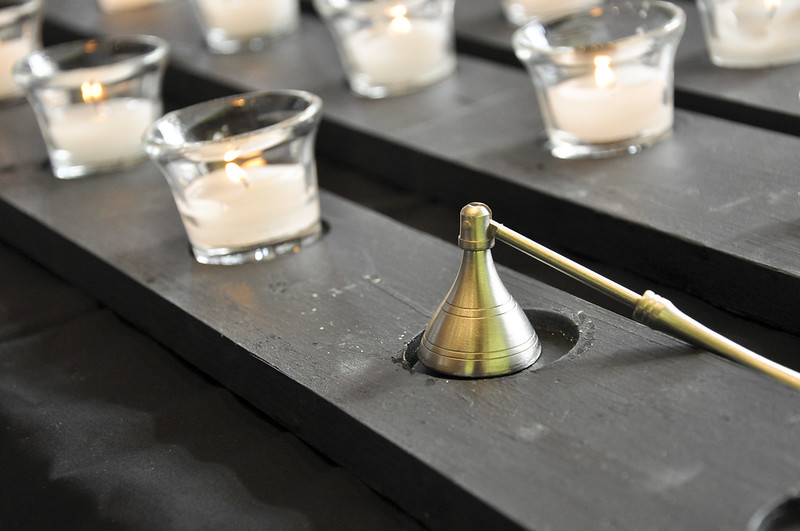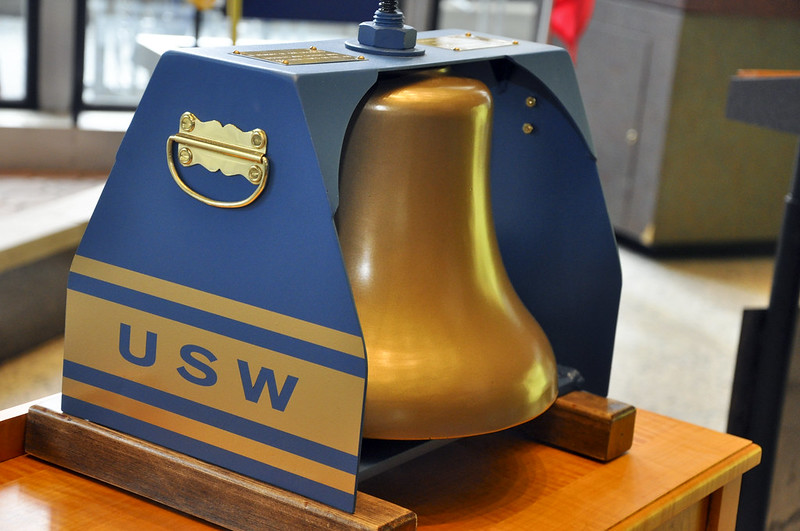
Building Safer Workplaces
He was known to be aggressive and argumentative, the kind of patron who made others at the Carnegie Library of Pittsburgh branch uneasy.
But one day last year, the man walked into the building in a much darker mood, harassed a librarian and threatened to kill her.
Fortunately, library workers had joined the United Steelworkers (USW) in 2019 and built safeguards into their first contract to address dangers exactly like this.
The librarian received a temporary transfer to another building. And the library system banned the patron, ensuring he wouldn’t turn up again either to look for the person he threatened or target somebody else.
April 28 is Workers Memorial Day in America and the Day of Mourning in Canada, a time to remember those killed, injured or sickened at work. It’s also a day when union workers rededicate themselves to the fight for safer working conditions and renew their pledge to look out for one another, along with others in the workplace, leveraging all of the power that collective action provides.
“We are open to the public, which means everybody is welcome to come in, and we do our best to serve everybody,” explained David King, a steward for USW Local 9562 and a librarian in the music, film and audio department at the system’s main location in Oakland.
“We’re proud of that. We’re sincerely proud that we’re one of the few truly public spaces still left. But that does come with some of these dangers,” he added, noting that library workers face patrons who create disruptions, brawl, carry in weapons, damage property, overdose in restrooms and even stalk them.
Because library management failed to adequately address these risks, union members stood in solidarity together and negotiated a contract that not only provides temporary transfers for endangered workers but includes notification procedures to alert workers at various branches when a patron is banned.
“That is a huge change from before we negotiated the contract,” King pointed out, noting that workers previously “had no recourse” if they were harassed. “They just had to put up with it. They just had to stay in the same location.”
The contract also establishes minimum staffing at the 19 branches to ensure the safety of workers and visitors, said King, noting some locations have delayed opening at times because of worker shortages.
And the union advocates for workers as other issues arise, such as when it forced repairs to the fire alarm system on the third floor of the Oakland building last summer, secured increased security after a student brawl and other violent incidents at another branch several months ago, and won systemwide protections at the height of the COVID-19 pandemic.
“Unionization gave us the power to say, ‘You need to listen to us,’” recalled Kate Buick, a Local 9562 steward who works at the North Side branch, noting the pandemic measures included remote work options, safe spacing of computers at every branch, safety walkthroughs of the buildings and creation of a labor-management safety committee.
“Having that committee was a game-changer,” she said. “We at least knew there would be no retaliation and we could say what we wanted.”
Because they deliver these kinds of protections, unions help to ensure that workers return safely home at the end of their shifts.
A study by the Illinois Economic Policy Institute and the University of Illinois at Urbana-Champaign, for example, found that union construction sites had significantly fewer health and safety violations than non-union ones. Another study, led by researchers at George Washington University and other institutions, revealed that unionized nursing homes had much lower COVID-19 infection and death rates than non-union facilities.
When incidents occur, unions fight to hold employers accountable. But the drive for safer working conditions needn’t be adversarial, as a recent collaboration between the USW and Safety-Kleen in East Chicago, Ind., shows.
The union and company sometimes disagreed on various issues. But Local 1011 President Steven Serrano repeatedly pointed out the benefits of cooperation and responded enthusiastically a few months ago when Safety-Kleen, which provides environmental services to various industries, sought the union’s help on a new safety initiative.
The parties negotiated a memorandum of agreement that, among other improvements, convened a union-management health and safety committee, established union-management incident investigations and empowered workers to unilaterally stop work when confronted with hazardous conditions or processes.
The union’s involvement boosts the company’s efforts to obtain Voluntary Protection Program recognition from the U.S. Occupational Safety and Health Administration.
And it built solidarity among the 80 or so USW members at Safety-Kleen, who belong to Local 1011 along with hundreds of workers from the nearby Cleveland-Cliffs steel plant.
“Now, they have a seat at the table,” said Serrano, noting workers understand the dangers of their workplace better than anyone else. “Now, they have a voice.”
*
Photos: USW members light candles and ring a bell on April 28 to remember workers killed on the job.
By clicking Sign Up you're confirming that you agree with our Terms and Conditions.
Related Blogs
Ready to make a difference?
Are you and your coworkers ready to negotiate together for bigger paychecks, stronger benefits and better lives?

